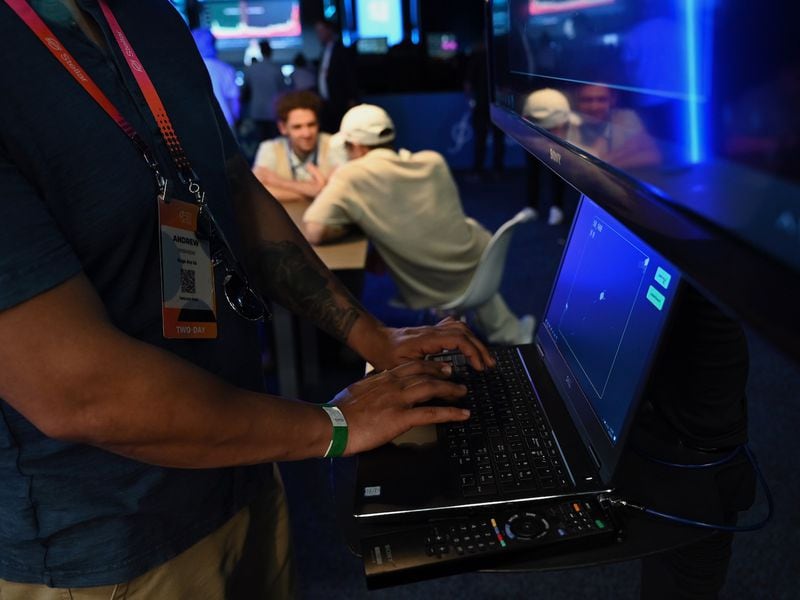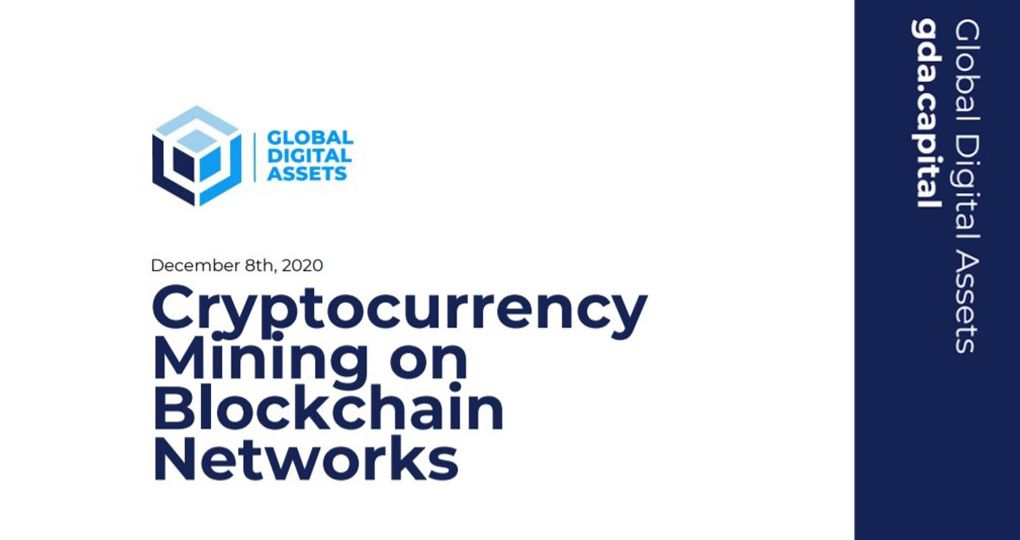Web3 Artist Shavonne Wong on the Future of NFTs
/arc-photo-coindesk/arc2-prod/public/LXF2COBSKBCNHNRE3WTK2BZ7GE.png)
It was early 2020, and Shavonne Wong was crushing it as a fashion photographer. She shot for clients like HBO and Vogue. She regularly appeared as a photographer on “Asia’s Next Top Model.” Forbes named her as a “30 Under 30.” At the time she even said to herself, “You know, 2020 is gonna be amazing.”
Suddenly the fashion shoots stalled, as you need to be in-person to shoot models. “COVID hit and basically stole my thunder,” says Wong. But she had plenty of time on her hands, she was curious, and she started dabbling in new formats. If she couldn’t shoot human models, she would create her own 3D models. Soon she became good at this. She kept practicing. Then she became a master. She started selling them as NFTs.
Shavonne Wong will appear on the AI Stage at Consensus 2024, May 29-31.
Now Wong is widely celebrated as one of the most creative, prolific, and influential Web3 artists in the space. The secret to her success? Wong truly believes in the underlying tech of blockchain, and how it can unlock possibilities for creatives. “The future is going to be digital,” says Wong. This core belief makes it easier to survive the topsy-turvy crypto prices. “As the market goes up and down and does, there’s this whole rollercoaster thing,” she says. “Having an eye on that horizon makes things less crazy.”
In the lead up to Consensus, Wong shares how she embraced NFTs, why the tools of Web3 made her truly feel like an artist, and how the advent of AI inspires her to “create work that starts conversations.”
Interview has been condensed and lightly edited for clarity.
You made one hell of a pivot from fashion photography to 3D art. How’d you pull that off?
Shavonne Wong: I basically spent the whole 2020 just watching tutorials online, learning how to use 3D software, and trying to figure out all the tools. At the end of 2020 I was at the stage of, “Okay, my models don’t look like shit anymore.” I started to create proof of concepts for my commercial clients. Putting my models in different scenario settings, lighting them, compositing them. And that’s when I heard about NFTs.
What was your reaction at the time?
My husband told me about NFTs and I was like, “Don’t know what it is. Sounds very technical. But let’s try stuff, right?” So I basically got into NFT Twitter around January 2021 and started to check things out, ask questions, following people. And I was like, “All right, I’ll make something.” So I created a piece, minted it, and it sold. So I was like, “Okay, cool.” Created more pieces, they sold. I was like, “Oh, shit.”
:format(jpg)/cloudfront-us-east-1.images.arcpublishing.com/coindesk/PW336ESQCRBLXJYHCTOUYONUIM.jpg)
What was the impact of that to you as an artist?
It was kind of cool because I felt, like, I’m finally in a space where I was actually creating stuff for myself, and finding people who want it at the other end. This was really the start of me taking on the role as an artist.
Because when I did photography, I never saw myself as an artist. I saw myself as a creative, a commercial creative, but I wasn’t doing art for me. I was doing work for clients and listening to their voices. So the NFT space was the first time I really got the chance to do anything I wanted and put it out there.
The great thing is I got to do that. The bad thing is that now suddenly everything’s a lot scarier because it’s 100% my voice, and that meant that, when people didn’t like it, it’s hard to not take it personally. But it’s been an incredible three years since then.
How else have the tools of Web3 impacted you?
Firstly, it lowered the barriers of entry. Suddenly it gave me access to a global audience for my work. As an artist, I definitely enjoyed the instant payments, the technology. I’ve spoken to other creatives about this — where we come from commercial backgrounds — and the most stereotypical thing about most of us creative artists is that we suck at finances, and we are bad at accounting. We’re just bad at numbers in general.
I can relate! I’m still sitting on invoices from like two years ago.
That’s the thing. Like, when I did photography, I’d be really happy with the job I did, go home, and a month later the client would email me and be like, “You haven’t sent an invoice.” So now I’m very happy that there’s this whole smart-contract thing, and I just get the money. Like, ta-dah.
You’ve now been in the space long enough to see a bull market and a bear market, and you’ve seen the overall reputation of NFTs change. How have you navigated this?
For me, firstly, it’s about believing in the technology. For NFTs and blockchain in general, this is a sound technology whether used in art or not. And I very much believe in a digital future, and I believe that art is usually representative of the times we live in. Because I believe that we’re going into a digital future, digital art makes a lot of sense when it has blockchain providing the providence for it. So because I have that belief, as the market goes up and down and does this whole rollercoaster thing, having an eye on that horizon makes things less crazy.
You’ll be joining us at Consensus at the AI Summit. As an artist, how are you thinking about AI?
I’m very excited about our future because I feel like we’re actually moving to a world where there are two different realities that are somehow the same reality, right? The digital reality that we live in, and then the physical reality that we live in. And I believe AI will be playing a huge part in this digital future.
Interesting. How so exactly?
We’re talking about digital characters. We’re talking about how AI will be part of our emails. AI will be part of how we’re talking to each other. I don’t even know what these incredible technology wizards are creating, but as they create and I learn along the way, I can learn and use tools that help support the ideas and artwork I want to create. And I believe that in the future, everybody’s lives will be filled with AI — sometimes not even consciously, but it will be the underlying layer in so many things we’re doing. I want to create work that talks about this future. I want to create work that starts conversations.
Can’t wait to see what you create. Thanks Shavonne, see you at the AI Summit.
Edited by Benjamin Schiller.









